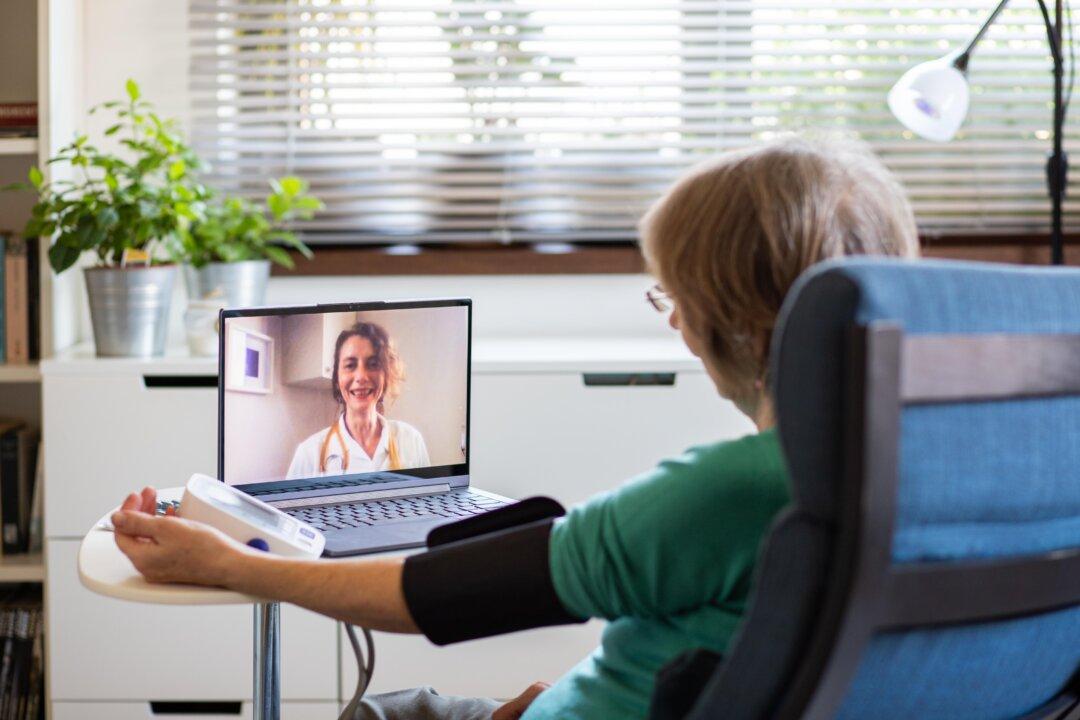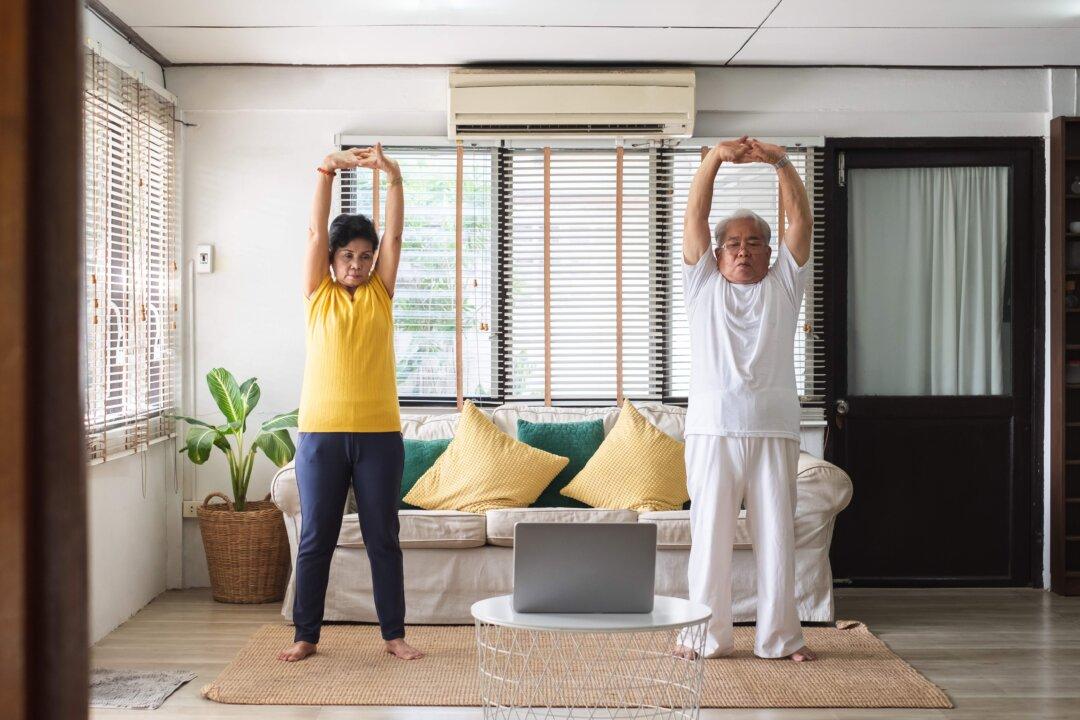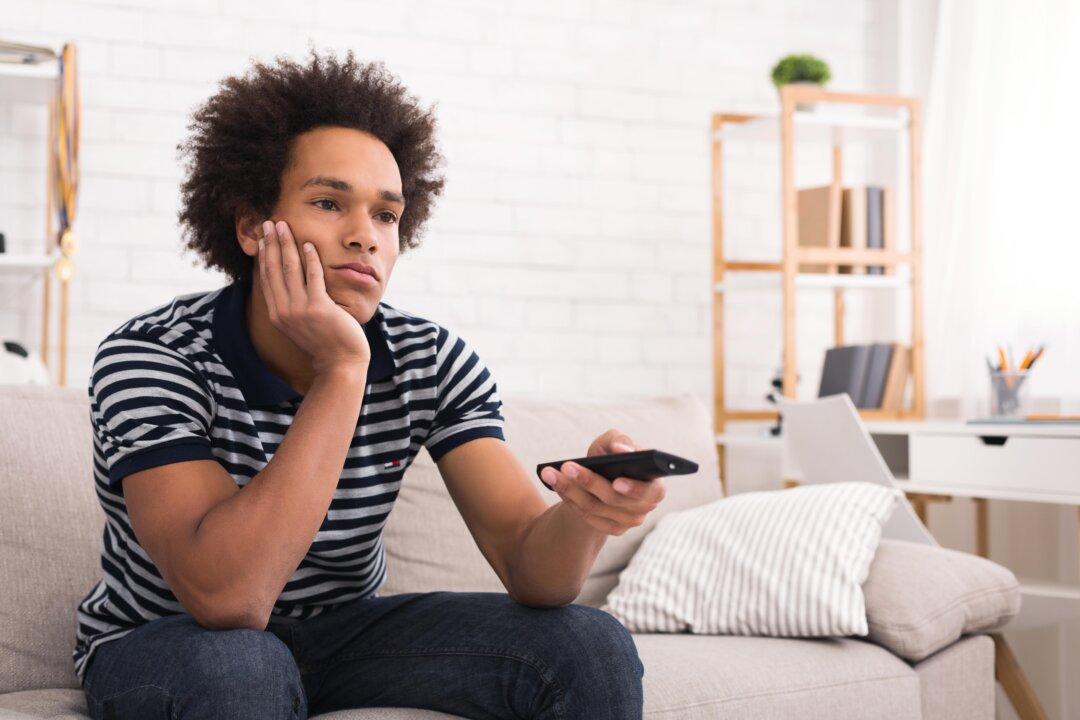As COVID-19 took hold in March, U.S. doctors limited in-person appointments—and many patients avoided them—for fear of infection. The result was a huge increase in the volume of remote medical and behavioral health visits.
Telemedicine Surge Likely to Remain
Benefits of telemedicine reveal themselves as doctors and patients forced to new form of appointments

COVID-19 has forced many physicians and patients to adopt virtual appointments through telephone or video conferencing. The move has revealed the convenience of this approach. Melinda Nagy/Shutterstock
|Updated:




